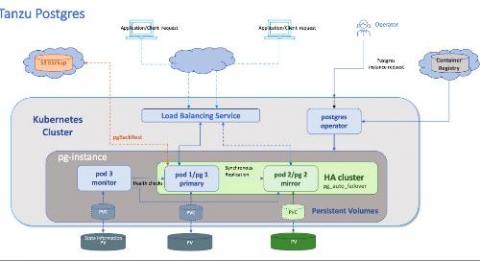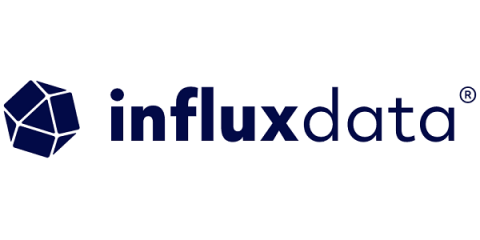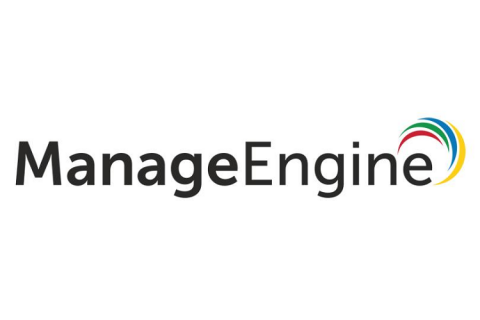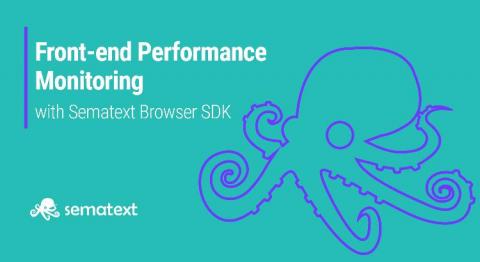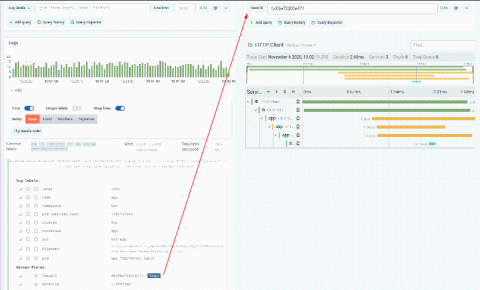A Migration of 1000 Workloads Starts with a Single...
You’ve heard that old Chinese proverb that says a journey of a thousand miles begins with a single step. It’s sound advice … except if the journey you’re talking about is the one from the data center to the cloud. With cloud deployment at the center of virtually any digital transformation effort, the journey itself can have a profound impact on the successful outcomes you seek at the destination. So you have to get it right. But what does that actually mean?




